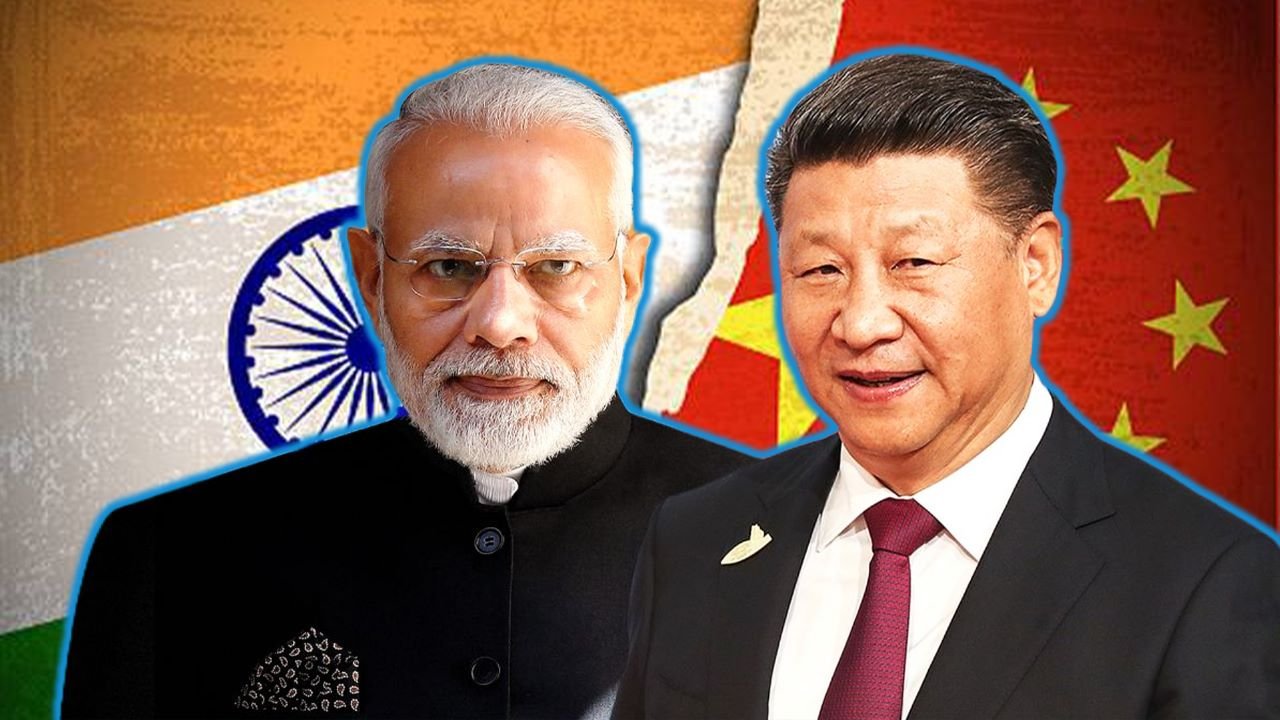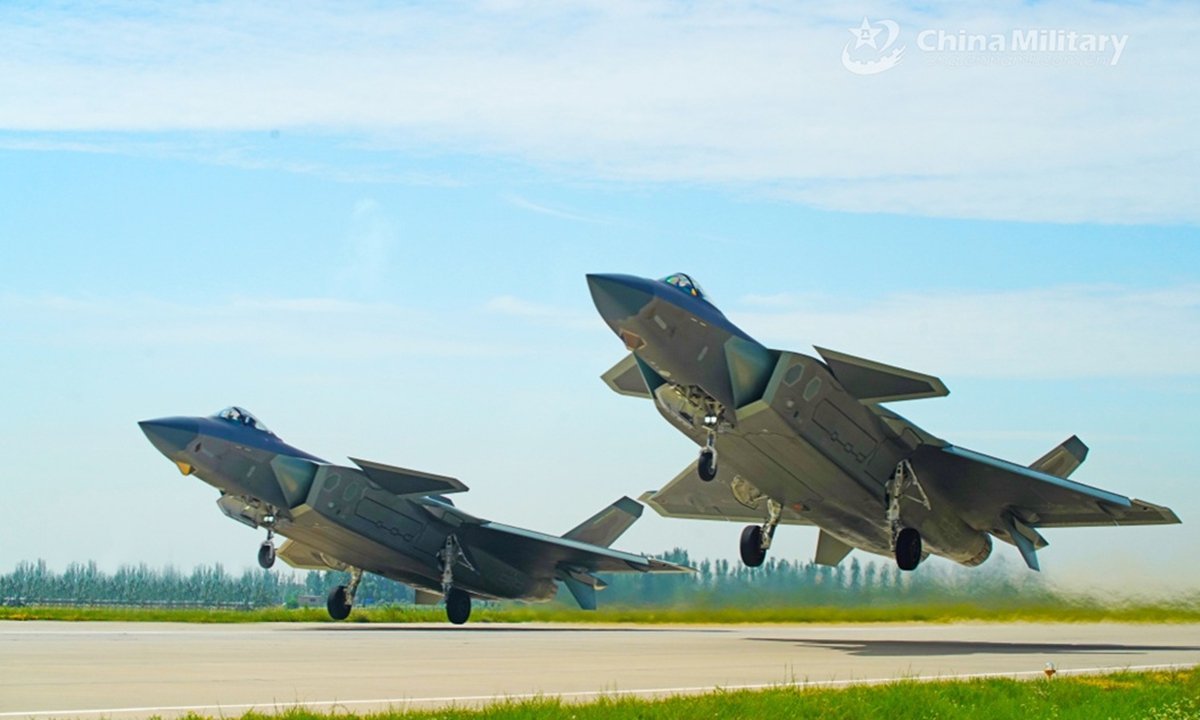Australia has shortlisted two bidders for its massive AUD $11 billion (USD $7.24) General Purpose Frigate (GPF) contract. The contract will bolster its naval might in the face of escalating regional security threats in the Indo-Pacific.
ABC News cited multiple unnamed sources and reported that the cabinet’s National Security Committee (NSC) has narrowed down the contest to two designs that appealed the most to it: Japan’s upgraded Mogami 30FFM and Germany’s MEKO A-200.
The final selection will be made next year after further assessments. The chosen frigates will replace the aging Anzac-class fleet of the Royal Australian Navy (RAN).
In February 2024, Australia announced the decision to acquire 11 brand-new general-purpose frigates under Project Sea-3000. The first three frigates will be purchased from a foreign manufacturer before the decade’s end, and the remaining eight will be constructed domestically at Henderson Shipyard in Western Australia.
The latest development comes as Australian Defense has been evaluating offers made by Germany’s ThyssenKrupp Marine Systems (TKMS), Spain’s Navantia, Japan’s Mitsubishi Heavy Industries (MHI), and South Korea’s Hanwha Ocean and Hyundai Heavy Industries (HHI), for several months. Of the two shortlisted contenders, Germany’s TKMS is a popular and reliable exporter of naval vessels.
The German MEKO A-200 frigate design is a modern version of the Anzac-class destroyers that RAN currently operates. Moreover, the ABC News report stated that the German warship is expected to be significantly less expensive than Japan’s initial offer and features a modular design that readily meets Australian needs.
The MEKO A-200 could easily accommodate requirements such as the CEA radar and the 9LV combat management system used by the Australian Navy.

On the other hand, Japan’s Mogami-class design is believed to be among the best in the world. A popular defense analyst, Alex Luck, explained on X (formerly Twitter): “As expected, Upgraded Mogami, not the current Mogami-class, goes up against MEKO A-200. Note: Upgraded Mogami/New FFM and Mogami/30FFM are two quite different designs. Only 30FFM exists so far.”
Upgraded Mogami reportedly has a larger munitions load and better anti-air capability than its predecessor.
Australia’s Naval Renaissance: Canberra Undertakes The Biggest & Most Ambitious Force Restructuring Since WWII
Though Japan has not been an established exporter of naval vessels, its shipbuilding prowess and the cutting-edge capability of its designs have caught Canberra’s attention, especially as the latter is making concerted efforts to strengthen ties with Tokyo to counter the China threat in the Indo-Pacific.
Chief of Navy Vice-Admiral Mark Hammond has lauded Japan’s shipbuilding capabilities earlier this year.
Japan is also trying to sweeten the deal for Canberra. According to reports, Tokyo said that if Australia selects its design, it will buy the Naval Strike Missiles that Australia will manufacture locally in the future. EurAsian Times could not verify these claims independently.
Nonetheless, defense analysts reckon that while Japan’s deal proposal is alluring, Australia would be much better off with the German design, which would seamlessly integrate into the RAN.

According to defense sources who spoke to ABC News, the German and Japanese designs will be made public “within weeks.“ Australia hopes to take delivery of the first foreign-built warship by 2029. It is pertinent to note that Australia has not constructed a warship in a foreign yard in nearly 50 years, making the GPF acquisition even more significant.
The Big Revival Of Australia’s Naval Might
Australia’s expansion in shipbuilding and adding more surface combatants are based on the Defense Strategy Review (DSR) 2023 findings. The review painted a very abysmal picture of the country’s naval capability, warning that the RAN required a better assortment of warships to project power in the contested Indo-Pacific.
The DSR ordered an Independent Analysis Team (IAT) to determine the ideal surface force composition, size, and structure. The IAT concluded that instead of buying twelve ‘Tier-1’ combatants (Hobart-class guided missile destroyers and nine Hunter-class frigates), the RAN should purchase nine Tier-1 warships and eleven Tier-2 general purpose frigates.
Based on the DSR and suggestions made by the analysis team, the Australian government unveiled an ambitious ten-year plan in February this year to double the number of major warships in its fleet from 11 to 26 and hike defense spending by an additional US$11.1 billion over the period. At the time, Australian Defense Minister Richard Marles said, “It is the largest fleet that we will have since the end of the Second World War.”
Explaining the strategic advantage of the GPF, Rear Admiral Sanjoy Roye (retd) recently said, “These vessels would add a lower-end combatant capability to the future RAN fleet mix. They will serve as a replacement for the eight 1990s-legacy ANZAC-class multirole frigates.”
“During the acquisition of these ships, a to-be-determined number of ANZAC frigates will be put through a planned Transition Capability Assurance Program (TransCAP) upgrade to their undersea warfare and multi-domain strike capabilities,” he added.

As per the plan unveiled by the Australian Defense, the planned Hunter class frigates fleet has been reduced from nine to six vessels.
The plan further states that the Navy would acquire six large “optionally crewed” surface ships to build a fleet of “enhanced lethality surface combatants.” These uncrewed vessels will be equipped with long-strike missiles and are being developed in partnership with the United States. According to reports, each ship will contain 32 Vertical Launch Missile System (VLS) cells.
As the Australian Defence Force attempts to advance farther into the Pacific, the ANZAC-class frigates and Hobart-class destroyers will also be equipped with more anti-ship and long-range missiles. This means replacing Harpoon anti-ship missiles with naval attack missiles and adding Tomahawks for increased range.
As widely reported earlier, the country is also acquiring nuclear Virginia-class submarines from the US and building its nuclear submarines with the UK under the AUKUS agreement.
Some analysts have labeled this naval modernization “Australia’s naval renaissance.” While Australia did not name the country that represented the biggest threat to security, the DSR made many veiled references to China. For instance, it described China’s military build-up as the “largest and most ambitious of any country since the end of the Second World War.”
“A Big Step Backward” For Australia! Canberra Cancels $7 Billion Military Satellite Project With Lockheed Martin
Australia is located in one of the world’s most strategic regions—at the confluence of three oceans—and is a loyal ally of the United States. It is expected to play a major role in the event of a potential conflict between China and the US. Moreover, China has also unabashedly entered the Pacific Island Countries (PICs), which have historically been under Australian influence—a deal breaker for Canberra.
Against that backdrop, Australia’s emphasis on expanding its naval fleet is aimed at beefing up its combat capability and deterring the Chinese dragon.







